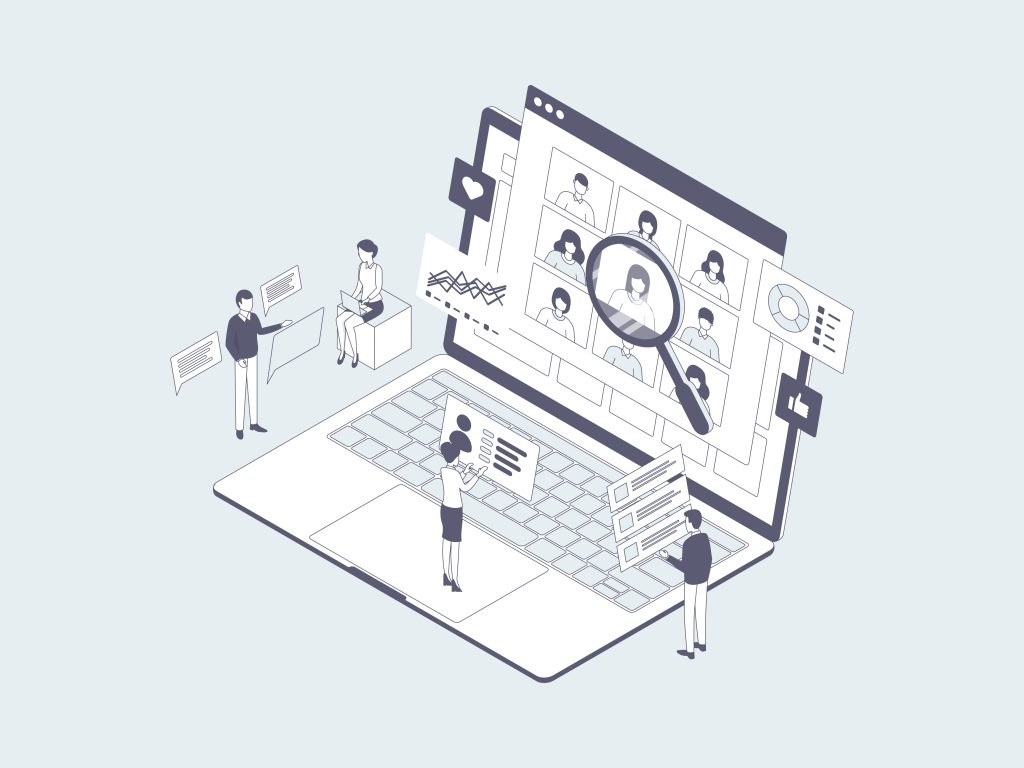When we visit a website, we want the information we are looking for to be made available as soon as possible on our screen. And this speed and effectiveness, is influenced by several factors, both in the frontend, by the quality of the source code of the website and quantity of multimedia resources, as well as in the backend by the quality of the server-side code, and of course, by the performance of the server where it is hosted (i.e., the hardware).
Therefore, in a digital marketing strategy, the optimization of these areas of the website to achieve greater speed and stability in the browser, is crucial and should be considered one of the main concerns, especially if we consider the mobile use of websites, where this factor is even more important.
The importance of performance and its impact on the user experience
- Decreases bounce rate
According to Google data, 32% of smartphone visitors leave a website when it takes more than 3 seconds to load. Therefore, it is easy to conclude that the faster the user is accepted, helping to increase the time spent on the website.
- Mobile Experience
We have already mentioned, but it is important to keep in mind: a good performance of the website, helps the user experience in mobile devices.
- Positive impact on Google’s organic positioning
Of course, Google itself is an advocate for all the factors that value the user experience, and favors the websites that perform better, considering the loading speed as a relevant factor for organic positioning.
So much so that in May 2021, an update was released to Google’s Algorithm focused on the page experience, which includes all aspects resulting from the experience of using a web page, and how they can be positive or negative for the user.
It obviously includes existing and well-known factors such as mobile compatibility, HTTPS secure browsing, and the absence of intrusive interstitials, but now it also includes Web Core Vitals metrics, which focus on three strands: loading, interactivity, and visual stability.
- Loading – Largest contentful paint (LCP) – is basically the time it takes to load the main content of the website, since the website started loading for the first time (TTFB – Time To First Byte)
- Interactivity – First input delay (FID) – is the time elapsed until the user can interact with the browser (choose an option from the menu, insert information in a form field, etc…)
- Visual stability – Cumulative layout shift (CLS) – related to the visual stability of the page in the loading process.
Tips on how to optimize a website
- Optimize source code: It is not through the roof that you build a house, and it is not with a bad source code of a web platform, that one will get a good performance. A bad start will lead to duplicate work having to be done in the future to redo what should have been well built at first. Thus, a well-structured source code optimized for the necessary functions will allow for greater scalability of the project, as well as will be faster in its interpretation by the servers. In addition, it is equally important to:
-
- – Mini-html, CSS and Javascript;
- – Avoid CSS and JS code inline on the frontend;
- – And clear unused code.
- Optimize images and videos: How many times have we not observed images on websites with excessive weight and dimensions? It is important to adjust the formats and dimensions to the structure of the website, optimize its weight, obtaining the best compromise between weight and quality, and use new web friendly formats such as WEBP.
- Use a good server: The quality of the accommodation where we host the website is very important: the time it takes the server to react after a request from the browser, causing speed or slowness in the presentation of the website, has an impact on the user experience. The choice between a shared server and a dedicated server, between SSD or HDD, with more or less disk capacity, has differences in project development, as well as, will allow to allocate more or less resources as needed (bandwidth, memory…). Enabling Gzip compression on the server, it may be another good complementary option, which will allow the server to compress the content before the display to the browser.
- The utilization of a CDN (Content Delivery Network) can be beneficial, creating an intermediate bridge between browser and server, and increasing the speed of delivery of content.
- Optimize cache usage: By default, browsers save content visited by the user, avoiding new calls to the server, because with the cache saved, the website will not load as if it were the first time. However, this process may be controlled with HTTP Headers for Cache Control in case the content is not cached, the storage period has expired, or the cached content becomes outdated.
For some CMS, such as WordPress, there are Cache plugins that help you configure and optimize the cache at the browser level.
Tools to monitor website performance
Above all, it is important to maintain frequent monitoring of website performance. Especially in systems like WordPress, which rely essentially on plugins and themes often created by third parties, it is important that everything is up-to-date and stable to achieve good performance.
We leave some tools in which you can analyze your websites:
